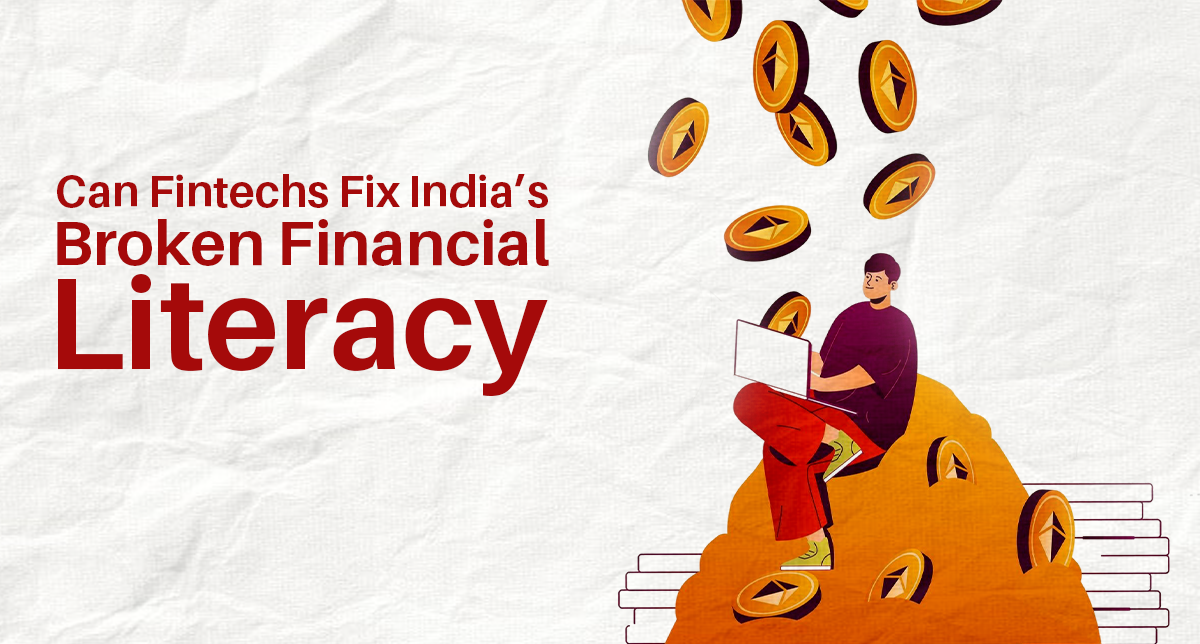India’s UPI Goes Global: Redefining Cross-Border Finance
The Unified Payments Interface (UPI), a homegrown real-time payment system that has redefined financial inclusion in India, is now stepping beyond borders, ushering in a new era of cross-border transactions. Spearheaded by the National Payments Corporation of India (NPCI) through its international arm NPCI International Payments Limited (NIPL), this global rollout positions India’s UPI as not just a consumer of fintech, but a global exporter of financial innovation. Over the past year, NPCI has signed multiple strategic agreements with foreign governments, payment operators, and fintech firms to expand it’s interoperability internationally. These collaborations allow Indian travelers, NRIs, and international partners to leverage UPI-based platforms for real-time, low-cost payments abroad from retail stores to remittances.
From India’s Innovation to the World’s Infrastructure
India’s UPI, which now processes over 18 billion transactions a month domestically, has redefined how digital payments are made in India; instant, free, and 24/7. This isn’t just convenience; it’s infrastructure that’s leapfrogged traditional banking bottlenecks. A global payments company co-founded by Elon Musk has announced the launch of PayPal World, a platform designed to connect the world’s largest payment systems and digital wallets. The platform is expected to launch in late 2025, starting with interoperability between PayPal and Venmo. Additionally, PayPal World will include India’s UPI as part of its initial offerings, allowing Indian consumers to shop with international merchants and conveniently pay using the UPI option they are already familiar with.
Challenges Ahead
As promising as this journey is, it comes with challenges:
- Currency conversion and regulatory compliance must be navigated carefully in each country.
- Cybersecurity and fraud prevention must be prioritized as scale increases.
- User education and merchant onboarding in foreign markets remain critical for adoption.
Yet, if there’s one thing India’s UPI has shown, it's that scalability with stability is possible, even in the world’s most complex financial environments.
Why This Cross-Border Move Matters
1. Empowering the Indian Diaspora
Millions of Indians abroad send remittances home. Traditional systems are often slow and expensive. With India’s UPI going global, NRIs can send money instantly and affordably, using familiar platforms like Google Pay, PhonePe, or BHIM.
2. Redefining Remittances
Every year, millions of Indians living abroad send money home to support families, pay for education, or invest in their roots. With over $100 billion flowing into India annually, we’re the world’s largest recipient of remittances..
But here’s the catch: traditional systems like SWIFT transfers or international cards are often slow, expensive, and riddled with hidden fees.
That’s where India’s UPI steps in making money transfers faster, simpler, and far more affordable. With real-time UPI integrations going global, sending money home could soon feel as easy as scanning a QR code. And that’s not just good for the senders and recipients — it’s a game-changer for the future of cross-border finance.
3. Setting a Global Standard for Instant Payments
Countries around the world are still building their real-time payment infrastructure. By exporting India’s UPI, the country positions itself as a global leader in financial innovation, not just a user of fintech, but a creator.
What It Means for Fintech Players
For fintech startups, this is a signal to think beyond India’s borders:- Build for scale: Products that support global UPI rails will have massive reach.
- APIs for international wallets: Opportunities will open in remittance, cross-border lending, and travel fintech.
- Partnerships with global banks and merchants: Accepting UPI money from Indian tourists or residents abroad will become standard.
India as a Fintech Powerhouse on the Global Stage
For decades, India has been a tech service provider to the world. But with UPI, the country is exporting infrastructure-level innovation showing that it can design, deploy, and now globalize critical financial systems.
Startup Ecosystem & Global VC Confidence
India is home to over 3,000 fintech startups, with unicorns like:
- PhonePe
- Razorpay
- Groww
- Zerodha
- Cred
- Paytm
Global investors from Sequoia, Tiger Global, Ribbit Capital, and SoftBank are heavily invested showing strong faith in India as a scalable fintech innovation hub.
Concluding Insights
As UPI crosses borders, it’s not just about faster payments or smoother transactions. It’s about possibility. It’s about a farmer in rural India sending money to his daughter abroad instantly. It’s about a small business owner being seen, supported, and included. It’s about trust in a system built for the people, not just the privileged. For founders, this is your green light. For banks, it’s a nudge to evolve. For investors, it’s proof that India isn't just catching up, we’re leading. Because this isn’t just a fintech success story. This is India’s innovation - speaking the language of the world one scan at a time. With India mastering fintech worldwide, the future belongs to the bold. Are you ready to grow ahead and claim your place? .
Latest Blog

Fintech x AI: How Artificial Intelligence is Reshaping Financial Services

Cashless Isn’t King Yet: What Fintechs Are Missing About Tier 2 & 3 India

SEBI’s Research Certification Rule: A New Era of Credibility in Indian Markets

Indian Financial Literacy is Broken. Can Fintechs Fix What Schools Never Taught?



